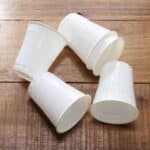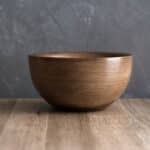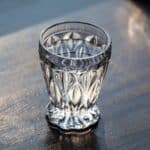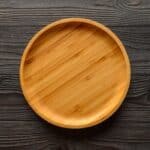The short answer to this question is: generally, yes. Ceramic mugs are the most commonly produced and sold in stores. They are robust and provide years of trouble-free use. However, not all ceramic mugs are the same.
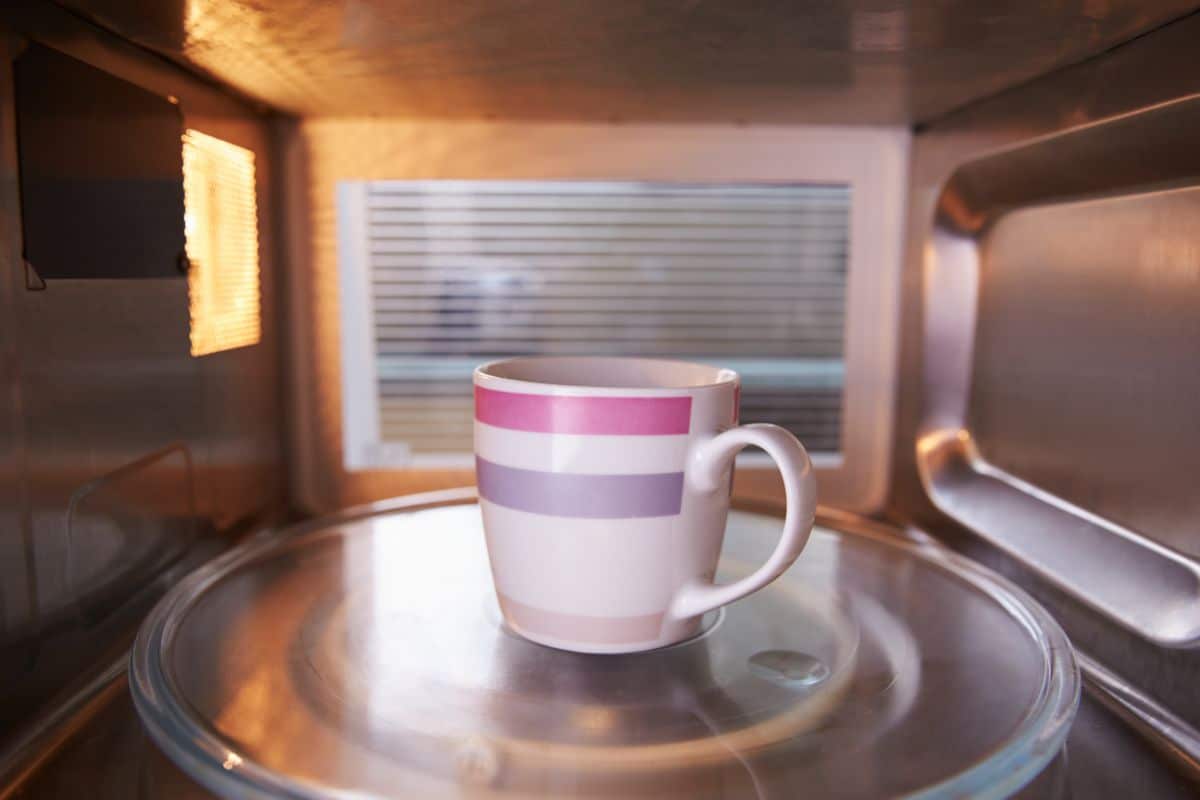
The best way to tell if you can microwave a ceramic mug is to look for any information printed on it. If nothing is listed, check the manufacturer's website for further instructions.
Most ceramic mugs are microwavable. But you should understand what materials ceramic mugs contain and the properties that affect their reactions to heat — especially if you have one without a label.
Jump to:
Is Glazed Ceramic Microwave Safe?
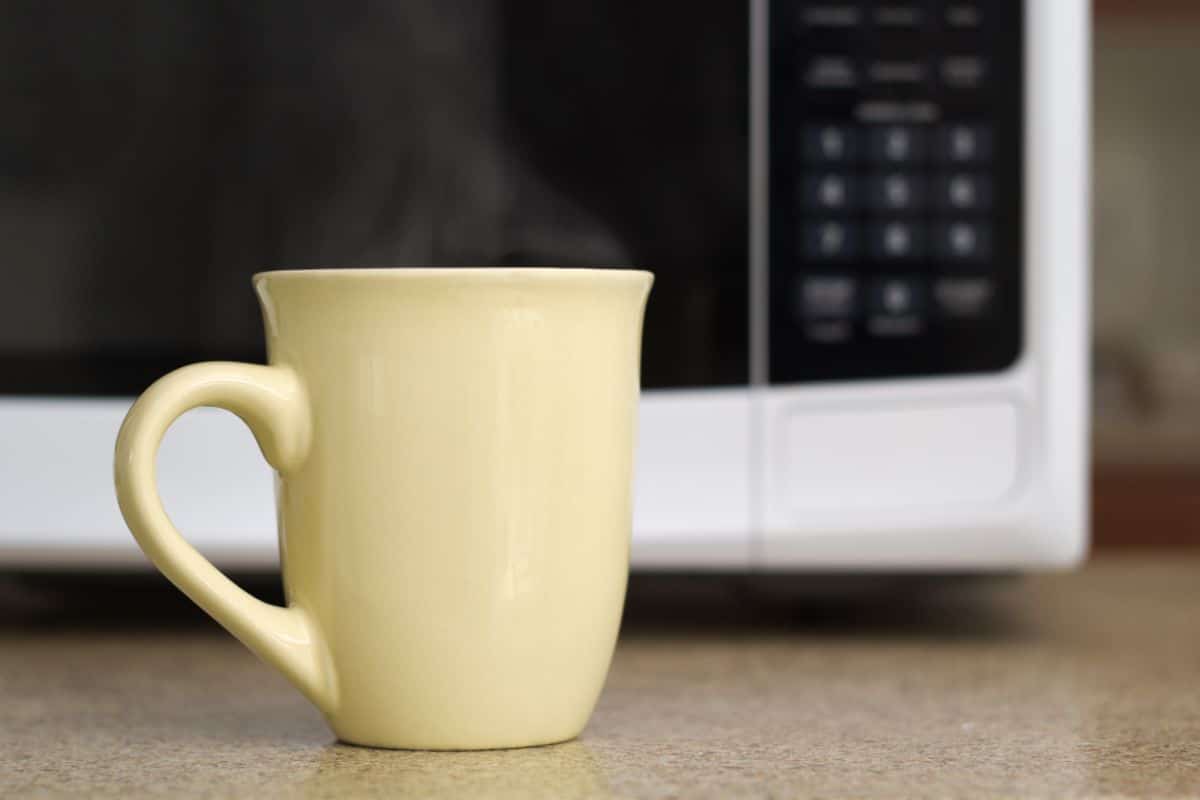
While most ceramic mugs are microwave safe, not all ceramics react the same way in the microwave. You may have noticed that when you microwaved water in your favorite mug, everything was fine. But when you heated the same amount of water in a different ceramic mug (for the same amount of time), it got so hot you needed oven mitts.
Why is that? Especially when both mugs have printed labels on the bottom that say microwave safe? The type of clay used or the glaze that goes over the ceramic can affect how the mug reacts in the microwave.
Will a Ceramic Mug Break in the Microwave?
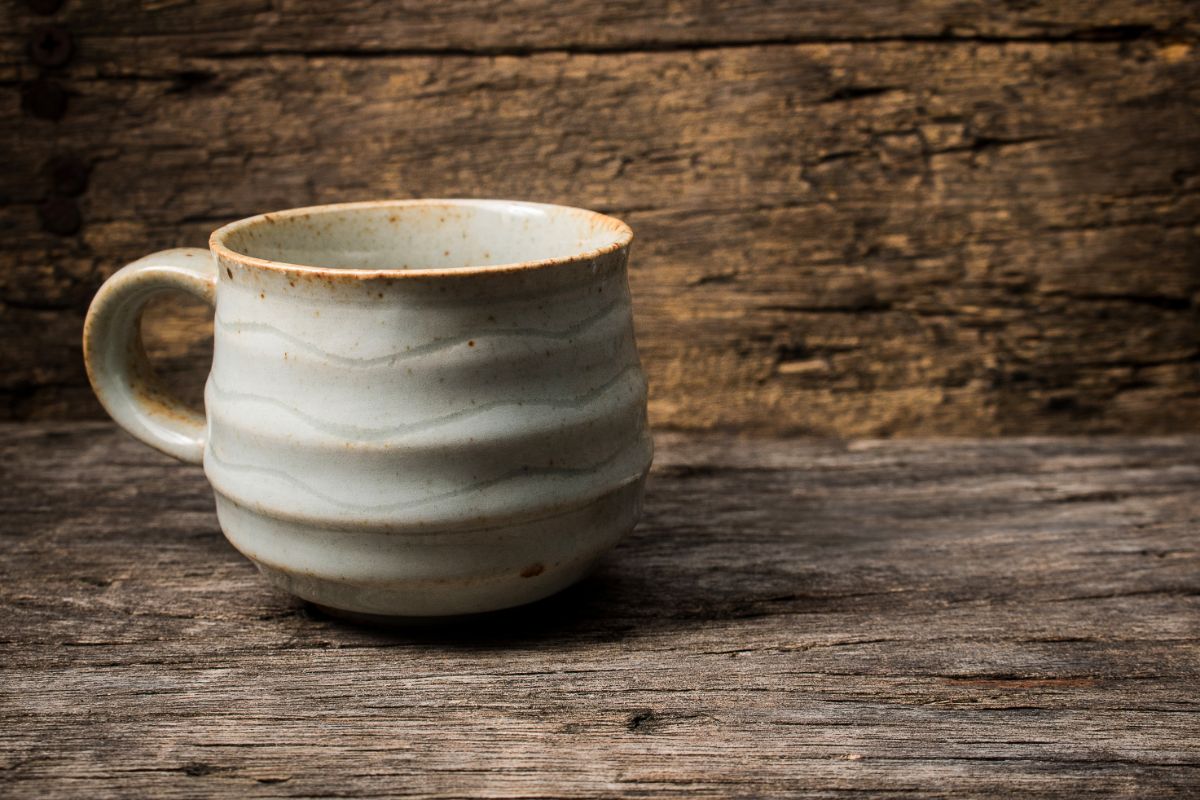
There is a possibility that your mug can break if you use it in the microwave. To start, you need to look for any information on the ceramic mug to see if it is microwave-safe.
But, some mugs may not have a label or even a brand on them. If this is the case, you should first understand which materials you can and cannot use in a microwave.
Microwaveable Materials
Microwaves are a form of electromagnetic radiation. The vibration of water molecules in the food or drink is what heats it.
Certain materials, such as metal, foam, and aluminum foil, cannot be used in a microwave since the electrons move around freely. This movement can create sparks at the edges of the metal object and lead to a fire. Some metals might not spark but will increase in temperature, possibly leading to a fire.
Why does this matter if you are only concerned about ceramic mugs? Sometimes metal and other non-microwaveable materials are often used as part of the mug.
Some modern coffee mugs have bamboo handles with metal borders, neither of which are microwave safe. While a mug that uses various materials may be interesting to look at and unique, you cannot use it in the microwave.
Ceramic
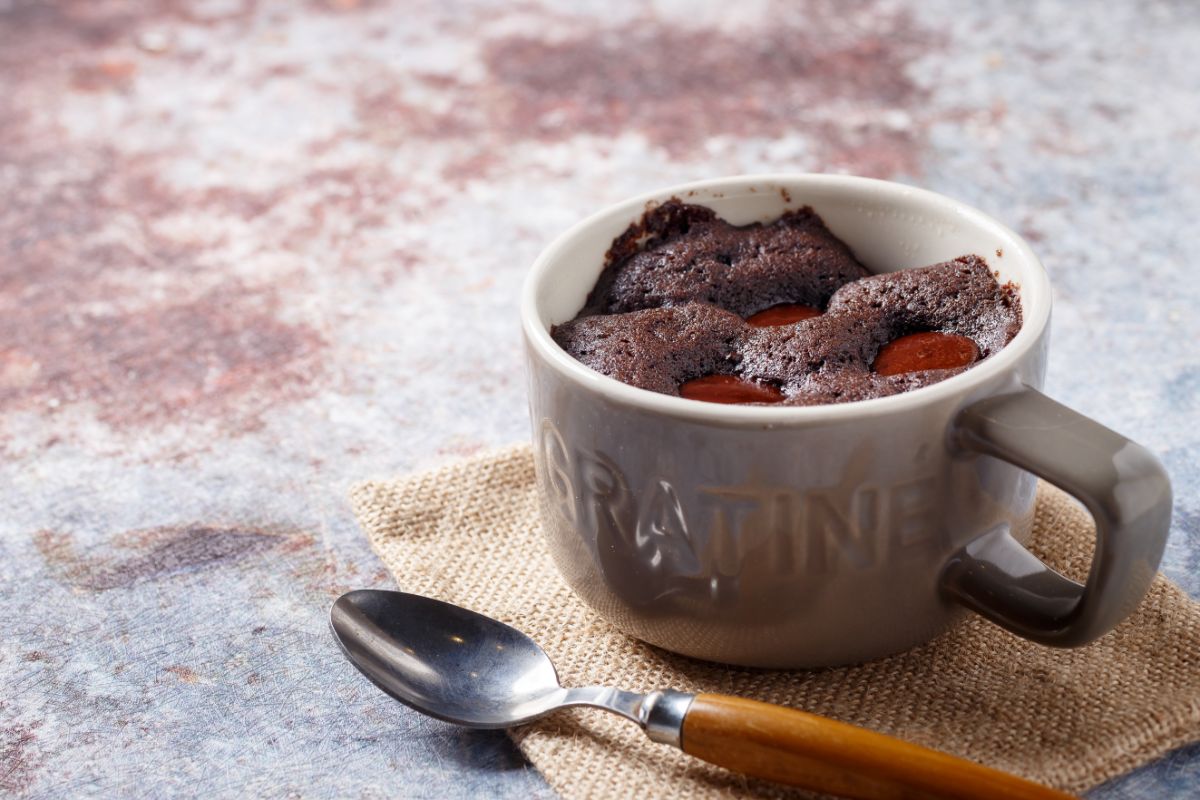
The most commonly used materials in ceramic are earthenware, stoneware, porcelain, and bone china. Ceramic mugs contain a mixture of clay powder, feldspar, and water. The ingredients are combined and then heated in a kiln to bake into a solid shape.
The composition of the ceramic, the ratio of the materials, and anything extra added to the ceramic can drastically change the heating properties of the mug.
Ceramics are a great material to use in the microwave because of their thermal insulation properties. They can tolerate high temperatures and will not expand.
The glaze used on the ceramic mug, however, is what tends to cause an issue when you heat it.
Glaze
The glaze on ceramic mugs is not just for decoration; it is also waterproof. However, the materials used affect the overall properties and how it reacts to heat. Creating new looks and colors leads to a wide variety of glazes that can all react a little differently to the effects of microwaves.
Not to say that you need to figure out the molecular makeup or discern the manufacturing process for every mug you buy, but that you should be aware ceramic mugs react differently. You need to determine which mug works best for you, whether or not it says it is microwave safe.
Crazing is when small, hairlines cracks form in the ceramics. This usually happens after firing the mug to form it, but it can also happen years later — after it’s in your possession.
Ceramics will slightly expand when they are heated, and then contract once cooled back down. The change each time is very minimal, but over time, and as more and more cracks form, the mug can eventually shatter.
It should be noted that more and more ceramic mug manufacturers not only specify whether or not their mugs are microwave safe but also if the mug is prone to becoming hot when used in the microwave. Mugs made by the brand Better Homes and Gardens are a prime example of mugs with great labeling.
What if There’s No Label?
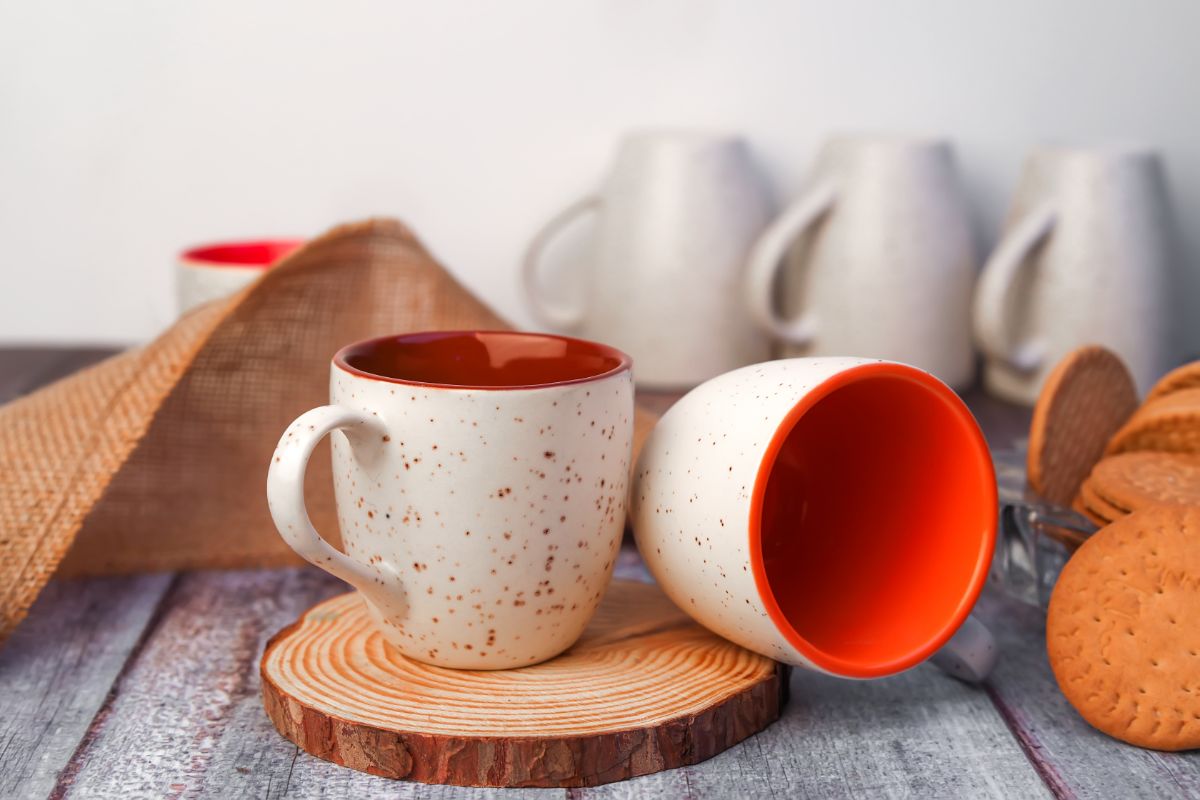
As stated at the beginning, ceramic mugs are generally microwave safe. Most of the mugs you buy will be ceramic, so it’s usually a safe bet that they can be used in a microwave. when the mug does not have materials such as metal or wood incorporated into its design.
The manufacturer will typically include a warning label on a ceramic mug if it is not microwave safe to avoid injuring a customer or damaging property.
However, you should always be cautious if your ceramic mug does not state whether or not it is safe to use in the microwave.
If you are unsure whether or not the mug is safe to microwave, it's best to use a different container. In case you don’t have a different one that is labeled, and you have to use the mug in question in the microwave, start by heating the mug for short intervals and see what happens.
If it gets too hot, releases toxic odors, changes color, or does anything else out of the ordinary, stop using the mug in the microwave immediately.
There are few scenarios in which you will encounter an unlabeled ceramic mug. Most microwaveable mugs with labels are usually quite affordable and available for purchase. But, you should always err on the safe side and avoid using an unlabeled mug in the microwave.
Conclusion
The vast majority of mugs are ceramic; most ceramic mugs are microwaveable. Most of them have labels on whether you can use the mug in the microwave and if it will be too hot to handle if microwaved.
You should avoid using mugs in the microwave if they are labeled as not microwave safe or if they have metal or other microwave-unsafe materials.
Finally, avoid using mugs that don’t have a label at all to be on the safe side. But if you must, start with small time intervals in the microwave. Observation is the key to determining if your mug is microwave safe.
As with anything, be cautious and use your best judgment.

